Procedural terrains
-
Thanks Gaieus,
But I get thid error message after loading the example "ioc_dat.gif" file.
Any idea what the problem might be?
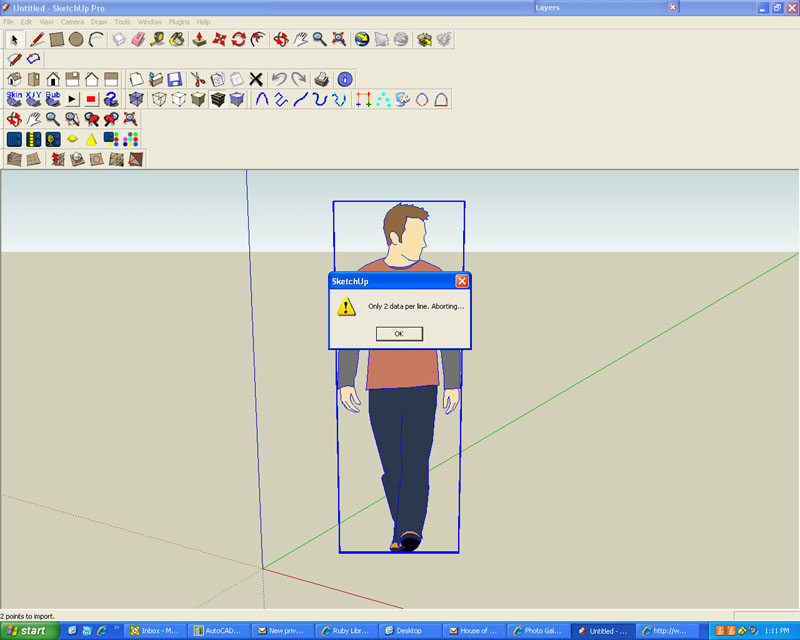
-
Ok, got the dat file to download now. Now it does nothing

-
Got it to work. Make sure you have the latest ruby

Now I need to find practical ways to apply it.
Where would one get or create the data files where they could be applicable? -
What I useit for is to reconstruct ancient ground surfaces that we explore during archaeological excavations. We set up a co-ordinate system and do the surveys ourselves during the digs. xyz co.ordinates. They are then easy to enter through the script. The more accurate the survey is (i.e. the more point we measure) the more precise the mesh is.
-
I guess as I was thinking, a powerful use for 3d would be using it to actually displace difficult to model textures i.e. frieze detail on ancient structures. But this may be overmodeling depending on how close you are to the model.
-
Does someone have a quick way to convert the generated list of coordinates in the page:
http://www.zonums.com/gmaps/terrain.html
to UTM?
It is not related to sketchup, I need it for my work. (I have the tools to convert it, but just one point at time).
-
-
mirjman, you saved my life today

Just a size limit of 500 points in:
-
hi, according to me, if you can get a grayscale height map of your terrain, you'll do some magic with Bryce.
For those who don't know it, Bryce is s landscape renderer and you can download a legal copy of version 5.5 for free - just check the webpage of Daz, who now owns it. The render engine is a bit outdated, but the terrain editor still rocks.Start with a grayscale map like this beneath (found at http://www.photoshoproadmap.com/)
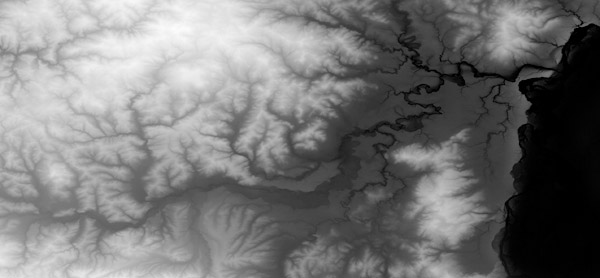
-
load this image into the terrain editor, and it will automatically converted to a 3D mesh: you can set the grid resolution of the mesh. In this case I've chosen a 640x640 units grid, and set a color gradient that helps me understand better the terrain morphology.
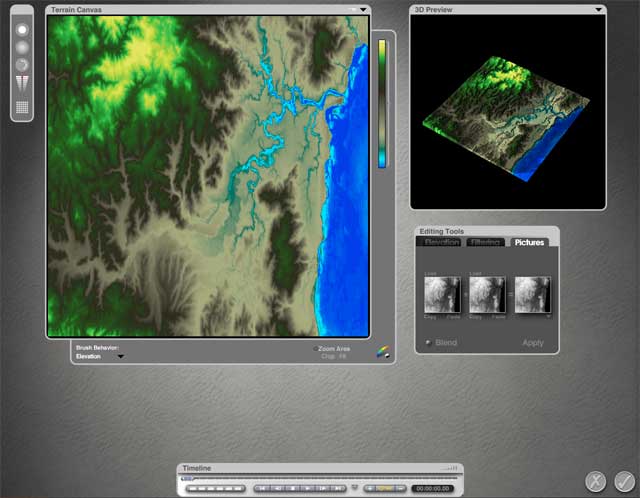
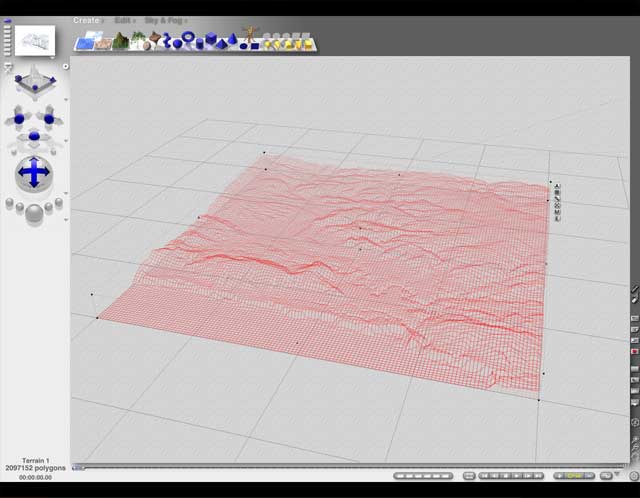
-
now there comes the best part: you can export the terrain as .dxf or .3ds file. In the export panel there is a slider that will optimize the poly count of your terrain. This function is perfect for exporting to sketchup, since a low poly mesh will be handled much better. The algorithm to decimate the mesh is really fair and it offers you two ways to do it.
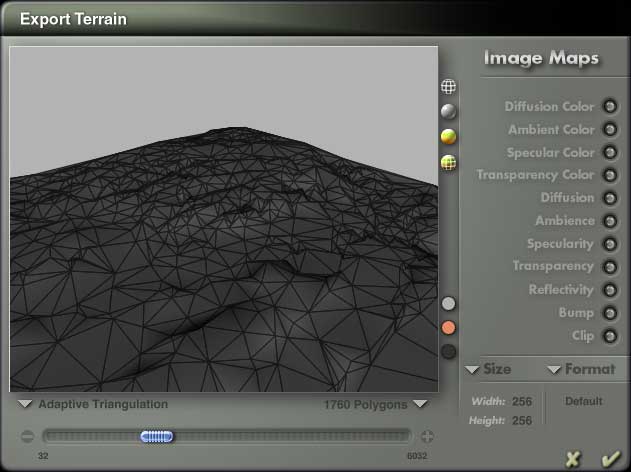
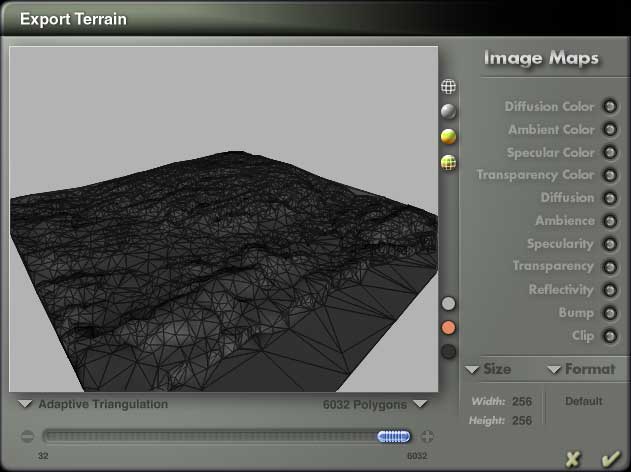
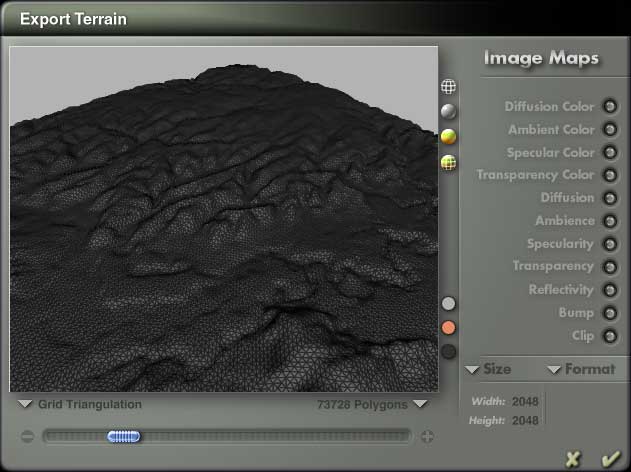
-
The terrain editor offers you the chance easily modify some part of the mesh by "repainting" it or by applying erosion filters.
It's useless to say that Bryce's Terrain Editor is a great organic modeler and you can create many more shapes than terrains. There is plenty of tutorials in the web.
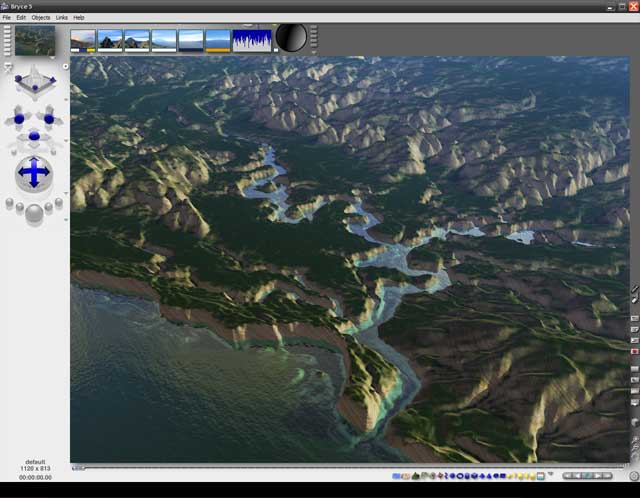
-
My first approach to 3D was Terragen 1.0.
I enjoyed a lot that software. Personally I think that even the new version is a bit old today. It's a terrain editor with raytracing. But I learned some interesting things.
-
Thank You, nice program!
-
how can i do this ...
whats a displacement map ? which rubies do i need to download and how to i go about creating these terrains like solo has done?
Advertisement







